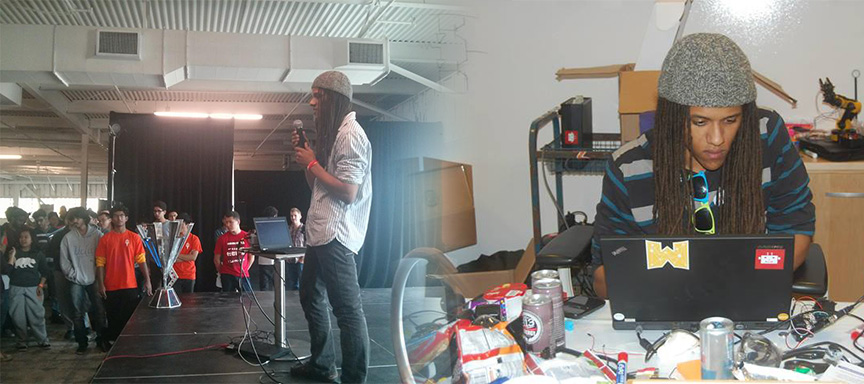Imagine a fully interactive augmented reality – an extra layer on top of our world that we can see, grab, and control. At the LEAP.AXLR8R, GetVu is exploring the boundaries of augmented reality with a platform that combines computer vision with human vision in a wearable device. With Leap Motion interaction, they envision a future where virtual games, architectural models, and 3D designs can live in the real world.
With GetVu’s platform, you could change the colors of a proposed building project on your city’s skyline or play foosball on your kitchen table. With augmented reality taken beyond the limits of the smartphone or tablet, you could look around, see the world for what it could be, and change it with a wave of your hand.




